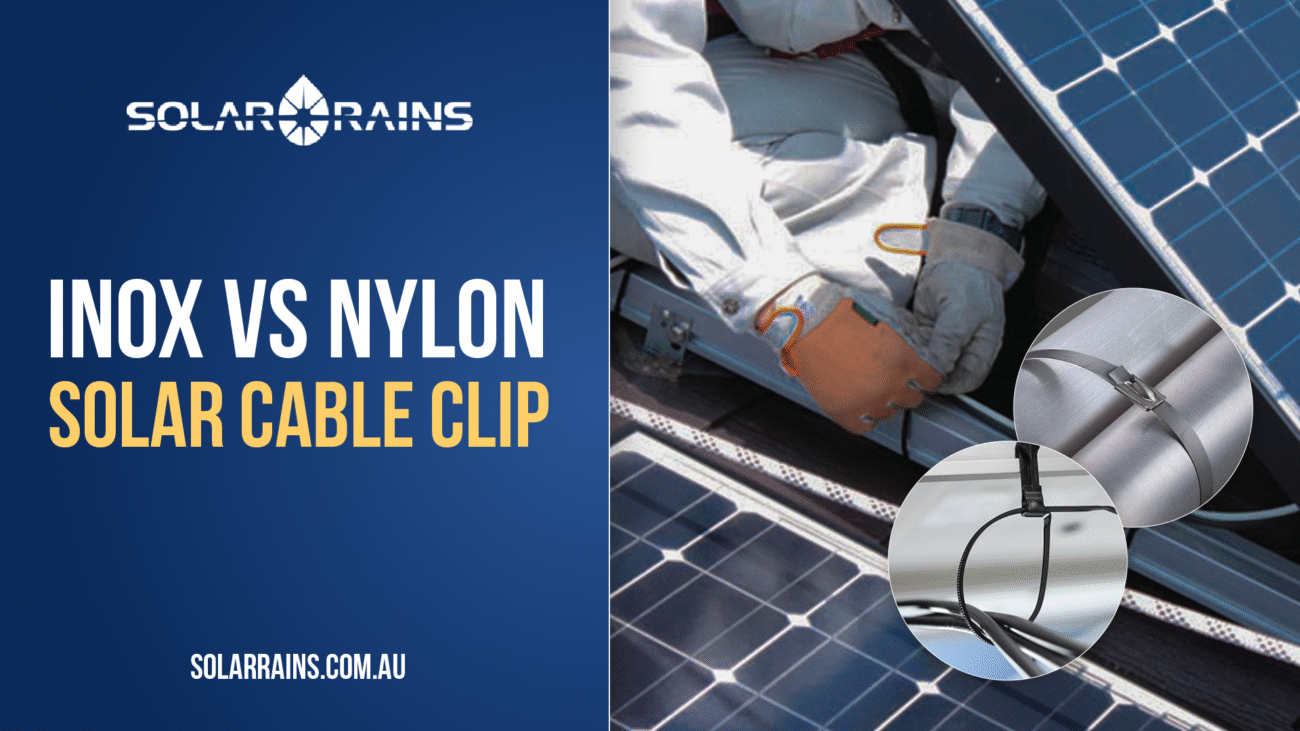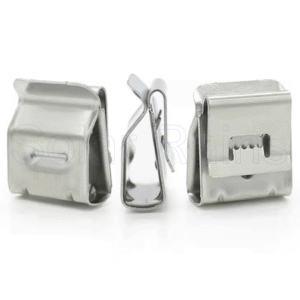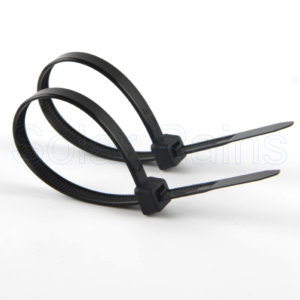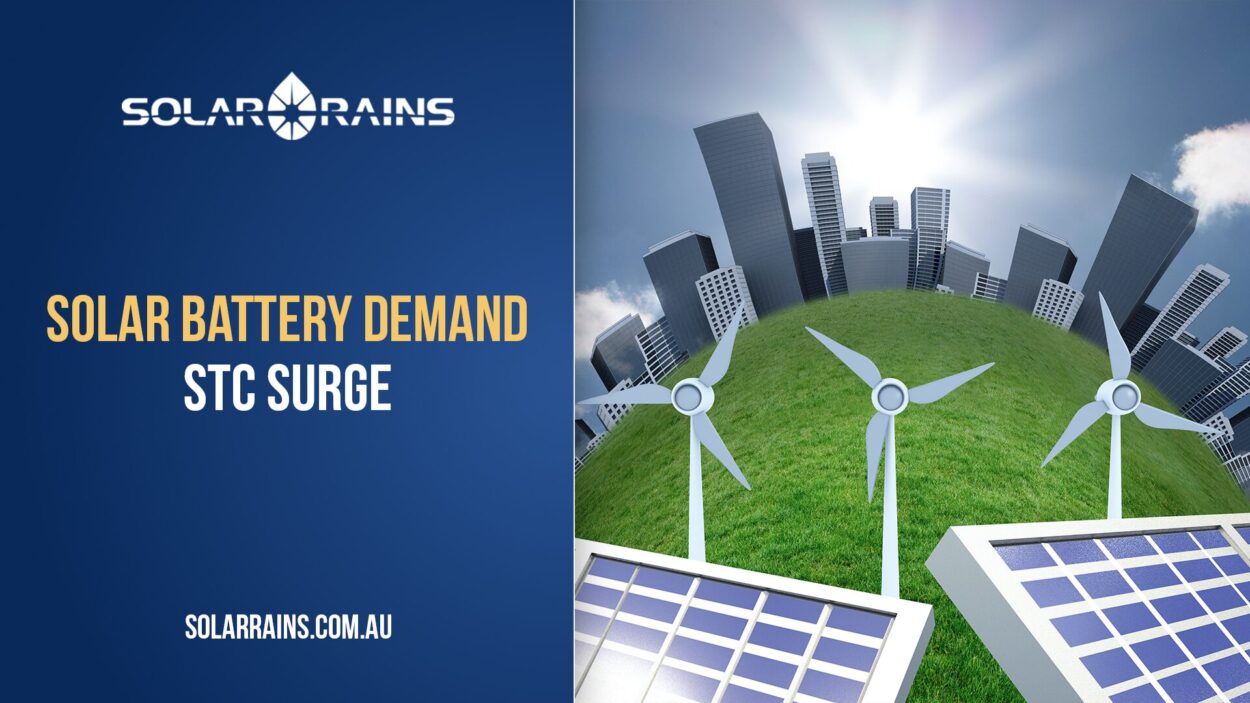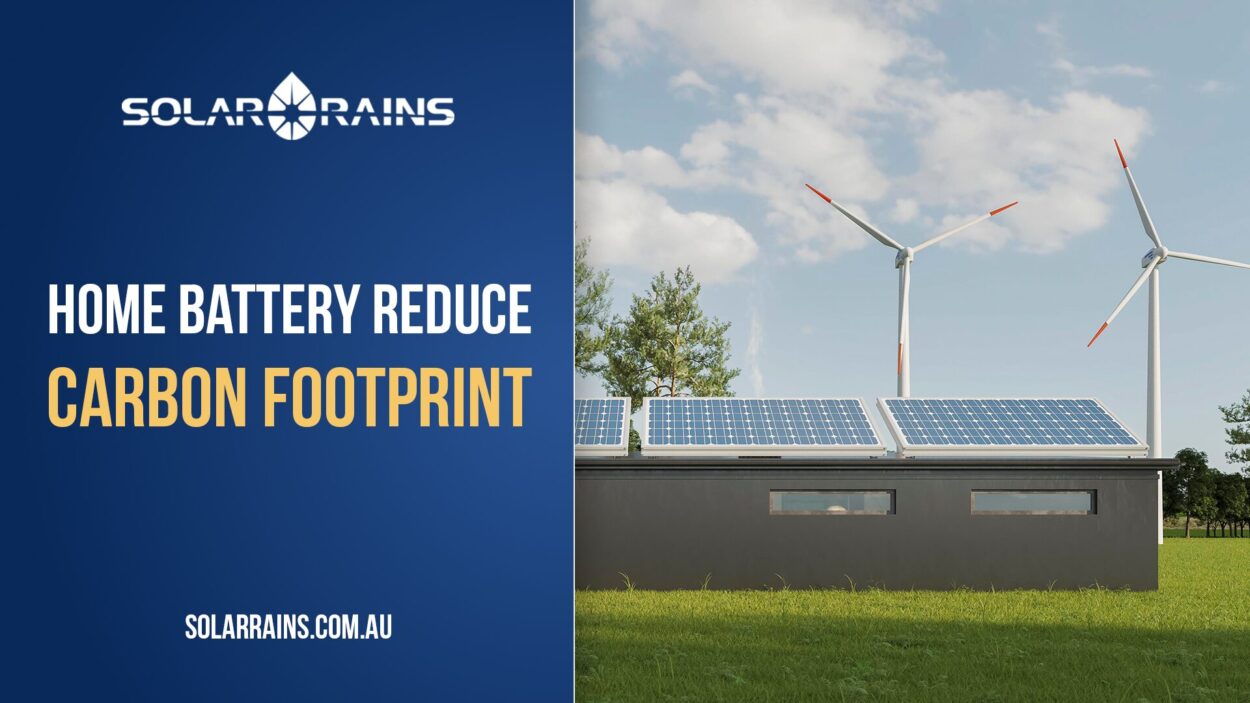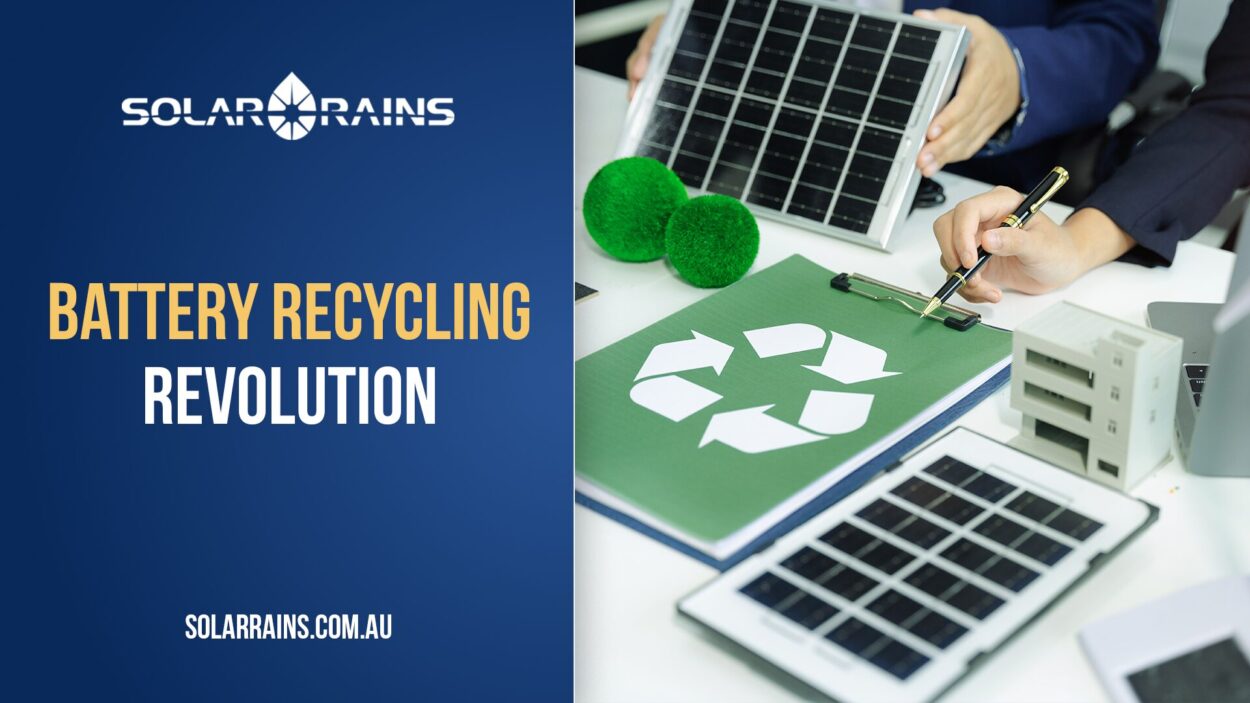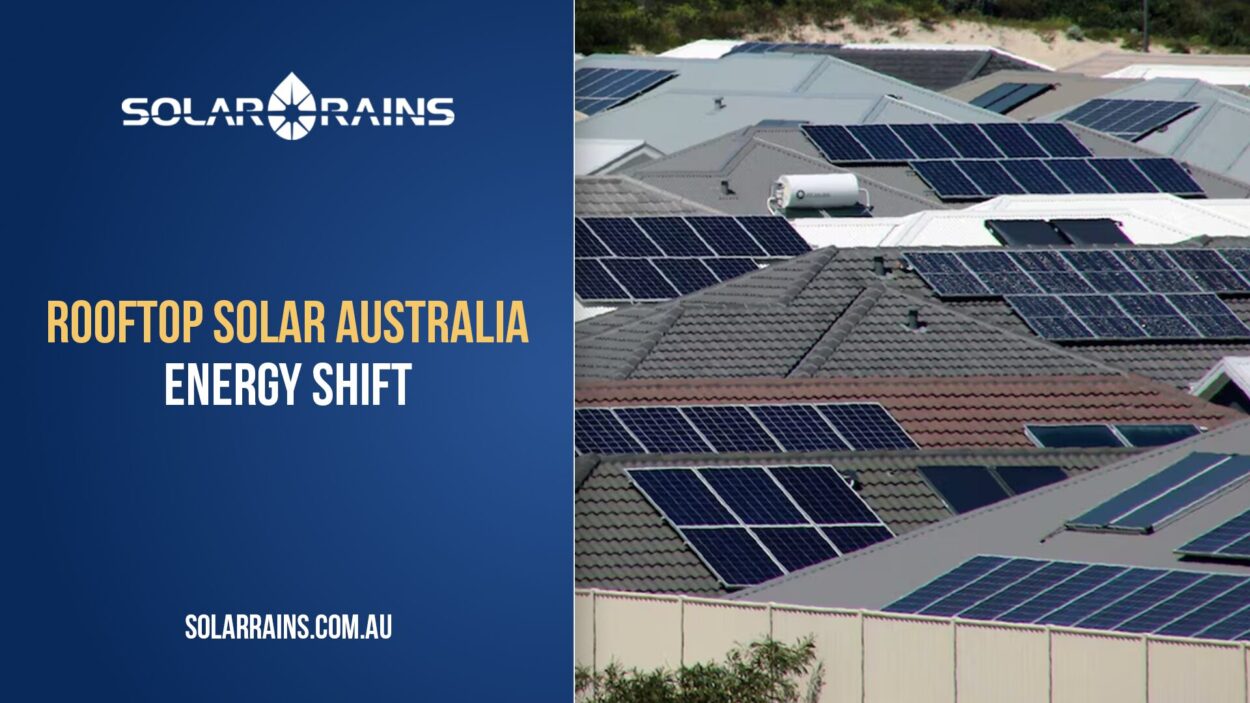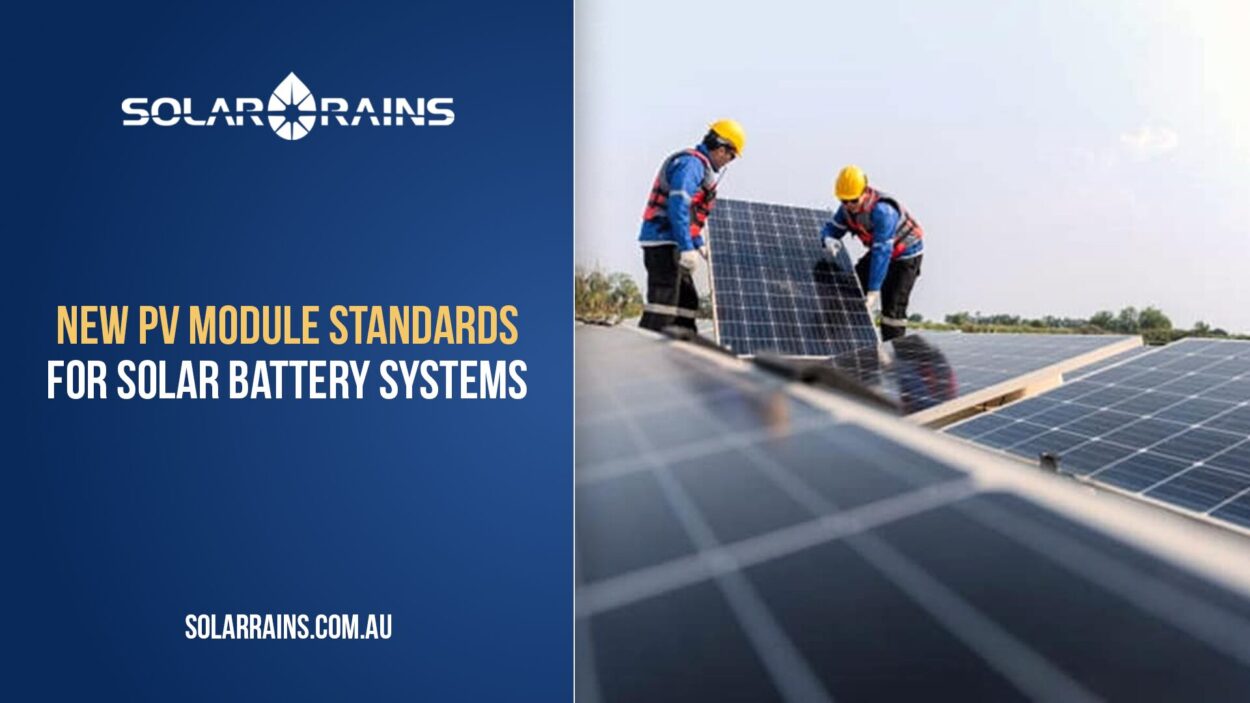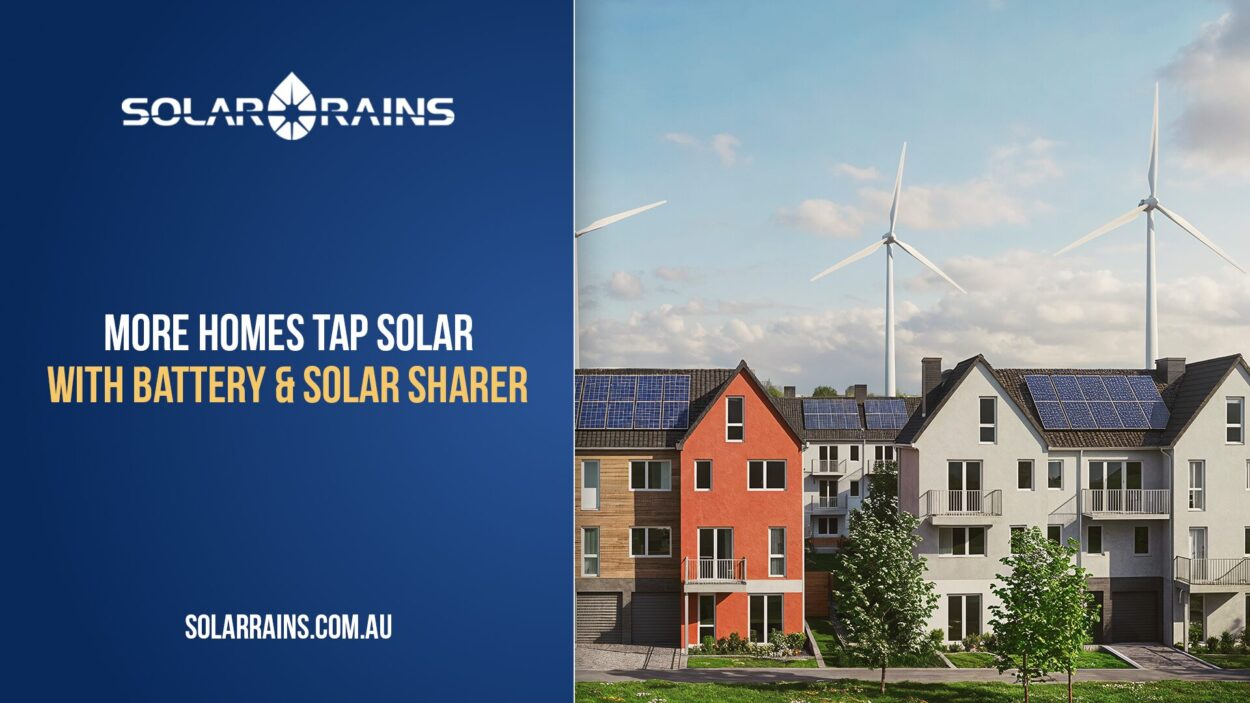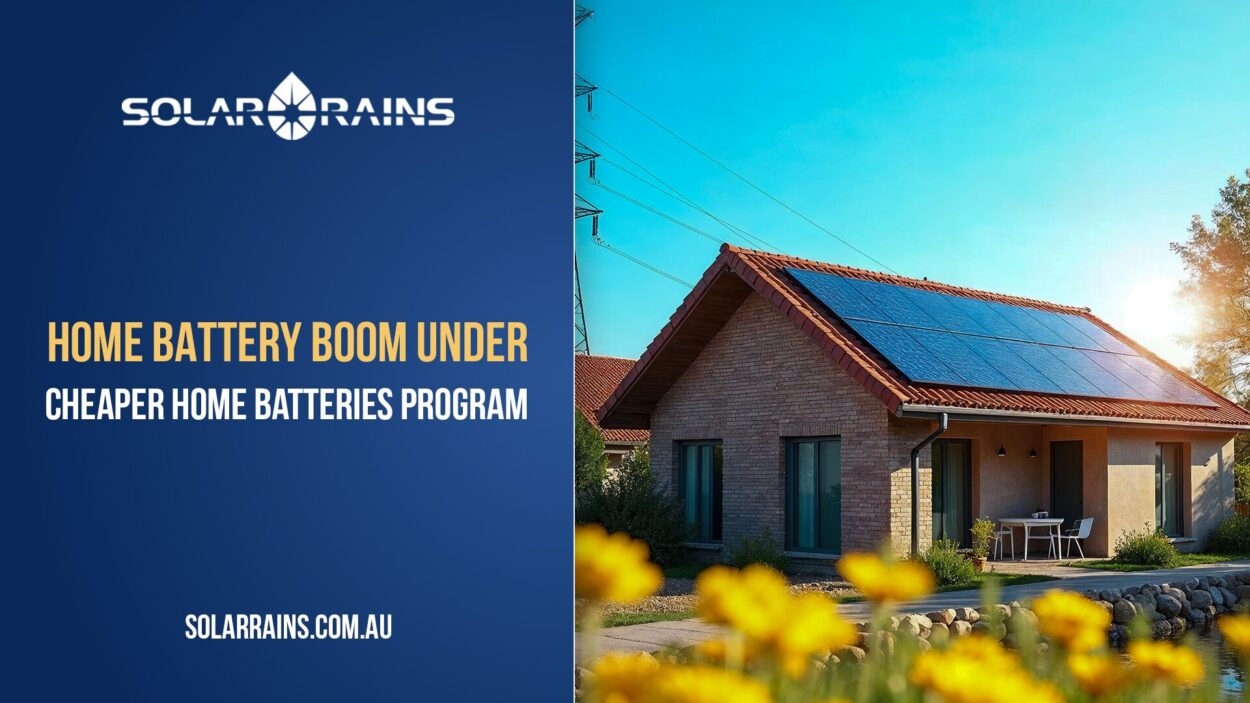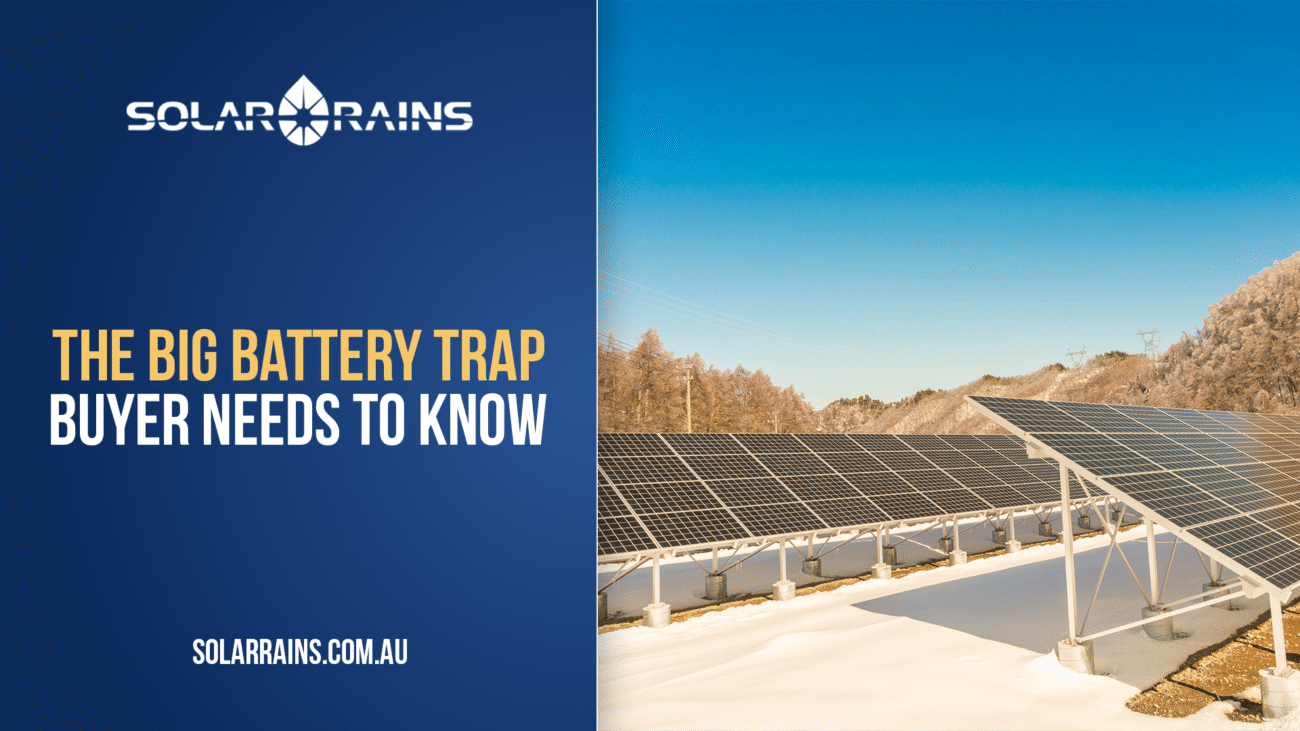Why Cable Ties Matter in Solar Installations
In solar PV systems, cable ties play a surprisingly critical role in ensuring cable safety, longevity, and system performance. Without secure cable management, even the best solar setup can fall short—wires could sag, fray, or become fire hazards.
Two of the most common options in Australia are Inox (stainless steel) and nylon cable ties, each suited for different scenarios.
In this article, Solar Rains compares both options in detail—so you can make an informed decision, especially if you’re an installer, contractor, or homeowner managing your solar power system.
What Are Solar Cable Ties?
Solar cable ties are small but essential components used to secure electrical cables neatly to rails, trays, or other fixtures. In outdoor installations, they must withstand harsh Australian conditions: heat, UV radiation, salt, rain, and even pests.
There are two main categories:
- Inox (Stainless Steel) Cable Ties: Made from stainless steel (typically 304 or 316), these are known for strength and corrosion resistance.
- Nylon Cable Ties: Lightweight, flexible plastic ties designed for high UV and temperature resistance when engineered for solar.
Key Comparison: Inox vs Nylon Cable Tie
| Criteria | Inox (Stainless Steel) Cable Tie | Nylon Cable Tie (Solar Rated) |
| Material Strength | Extremely high tensile strength (up to 250 lbs) | Moderate strength (up to 120 lbs) |
| Weather Resistance | Excellent – Ideal for coastal & industrial zones | Excellent – specially UV-stabilised for Aussie sun |
| Ease of Installation | Requires tools for tightening & cutting | Quick install by hand or simple tool |
| Risk of Wire Damage | High – edges can cut insulation without liner | Low – soft material reduces risk |
| Corrosion Resistance | High – 316 stainless performs well outdoors | High – in UV-rated and weather-stabilised models |
| Flexibility | Rigid | High – easy to route & adjust |
| Cost | Higher | Affordable |
| Applications | Large-scale, harsh environments | Residential, small commercial solar installations |
Why Nylon Cable Ties Are Ideal for Most Solar Projects
Although stainless steel offers superior strength, most residential and light commercial solar applications don’t require industrial-grade ties. Here’s why nylon cable ties, such as those sold by Solar Rains, are often the better choice:
UV & Weather Resistance
Solar-rated nylon cable ties are treated for UV stability and are heat-resistant up to 85°C. They remain flexible yet strong perfect for rooftop PV arrays in hot, dry climates like Australia.
Easy to Handle
Unlike steel, nylon ties are quick to apply and adjust without special tools. This reduces installation time and labour costs especially valuable for contractors managing multiple installs.
No Risk of Cable Abrasion
Inox ties, if overtightened or applied without protective liners, may cut into PV cables and cause insulation wear. Nylon ties are gentle and less abrasive on cable insulation.
Lower Cost with High Reliability
For most rooftop installs, nylon ties offer the perfect balance between cost and durability. When sourced from a trusted solar supplier, they last 10–15 years easily.
When Should You Use Inox (Stainless Steel) Cable Ties?
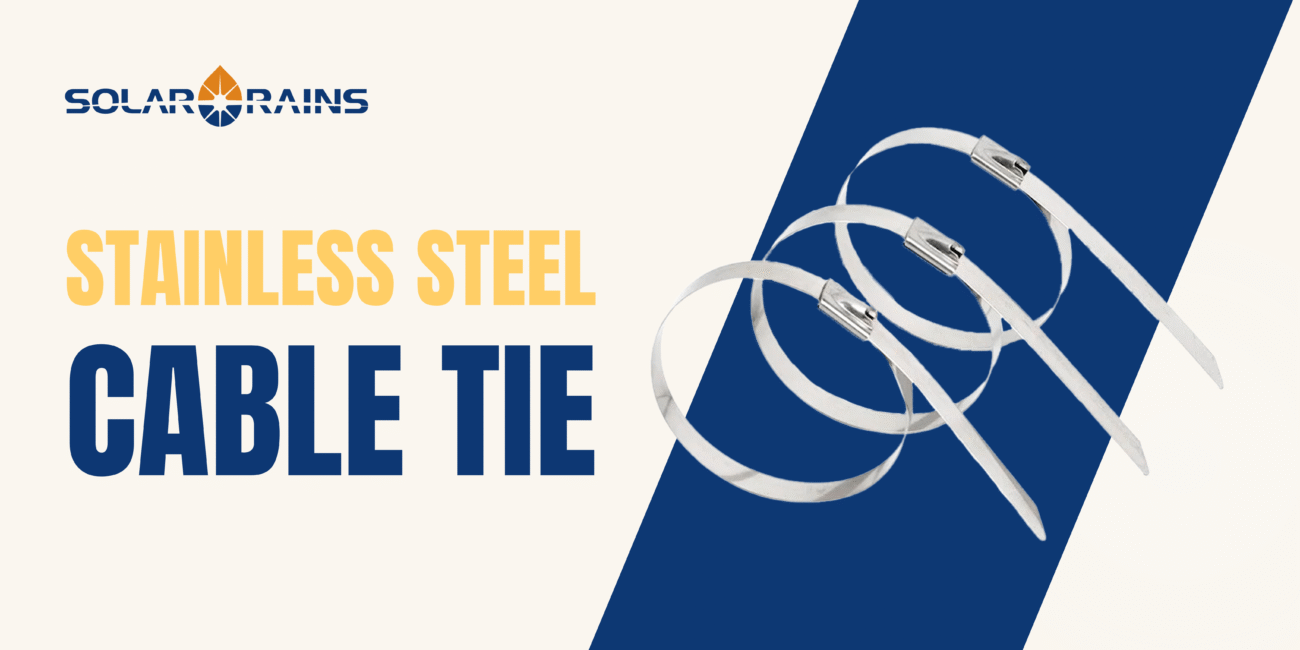
Despite their higher price and rigidity, Inox cable ties are the better option when:
- The project is in corrosive environments (e.g. coastal regions)
- You’re handling heavy bundles of cables (>50mm)
- You require higher fire resistance, such as in industrial warehouses
- The installation has mechanical stress, like vibrating panels or windy areas
Nylon Cable Tie from Solar Rains: What Makes Them Reliable?
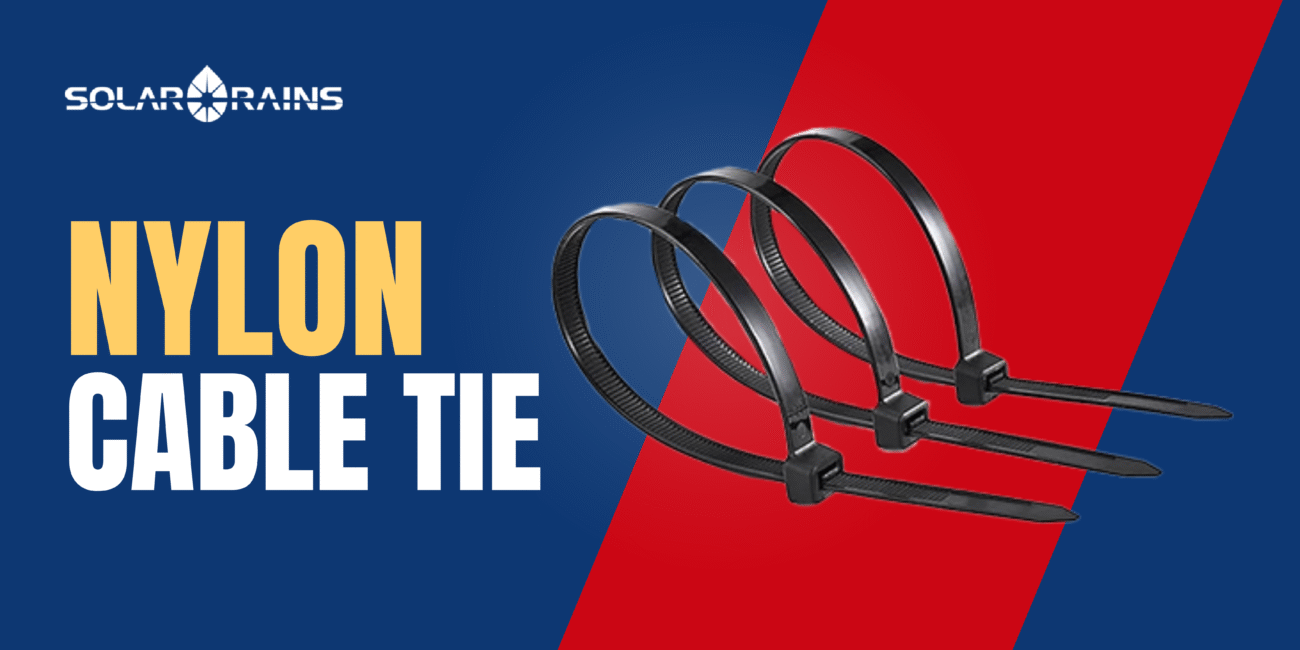
At Solar Rains, we offer solar-rated nylon cable ties designed for long-term outdoor use. Key features include:
- UV-stabilised PA66 nylon construction
- Working temperature: -40°C to +85°C
- Tensile strength: up to 120 lbs
- Multiple lengths available for clean routing
These are ideal for solar installers who need efficiency, durability, and safety in every project.
🡺 Explore our Nylon Cable Tie range here
Common Installation Mistakes to Avoid
- Using indoor-rated ties outdoors: they degrade rapidly in sun
- Overtightening cable ties: leads to insulation damage
- Mixing cable tie types on a single system
- Skipping regular inspection: especially after hot summers
FAQs
Solar-grade nylon cable ties last between 10–15 years in Australian conditions if UV-rated. Lower-quality indoor ties may degrade in under 2 years.
No. Once locked, they must be cut to be removed. If reusability is required, use cable clips or loop fasteners.
No. Solar-grade ties are rated for continuous use up to 85°C, which covers most rooftop panel surface temperatures.
Broken cable ties can lead to sagging or dislodged wires. This increases the risk of arcing, poor performance, or even fire. Regular inspection every 12–18 months is recommended.
You can, but it’s overkill in most suburban settings. They also require extra tools and take longer to install.
Yes, as long as they are tightly installed and not overloaded. Consider additional supports like cable trays or clamps for redundancy.
Look for suppliers like Solar Rains offering PA66 nylon, UV-treated ties with certifications like TUV or CE.
Conclusion & Recommendations
For most solar installations in Australia, nylon cable ties provide the optimal mix of durability, cost-effectiveness, and safety. Unless you’re building in corrosive or high-risk environments, there’s no need for stainless steel cable ties.
Remember:
- Choose solar-rated nylon for outdoor use
- Avoid low-quality indoor ties
- Inspect and replace every few years
For reliable products and expert guidance, reach out to Solar Rains, your trusted solar product wholesale and solar power supplier in Australia.

